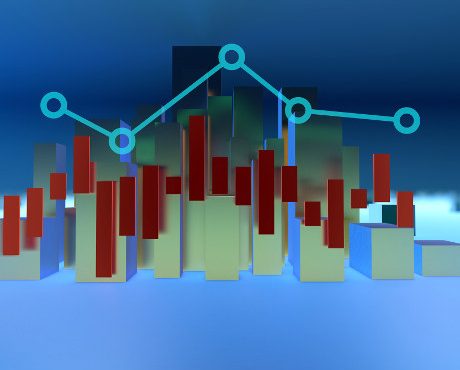Top Alternative Asset Manager with a Generous Dividend Policy
Today’s article highlights one of the most interesting dividend stocks I’ve seen in a long time, The Carlyle Group LP (NASDAQ:CG).
Headquartered in Washington, D.C., Carlyle is an alternative asset manager. The partnership was founded in 1987 and has grown to become one of the world’s largest investment firms. As of September 30, 2017, Carlyle had $174.0 billion in assets under management (AUM) across 306 investment vehicles. It is also a global firm with 31 offices in North America, South America, Europe, the Middle East, Africa, Asia, and Australia. (Source: “Bank of America Merrill Lynch Future of Financials 2017,” The Carlyle Group LP, last accessed December 18, 2017.)
Because Carlyle is an alternative asset manager, it does not specialize in normal stocks and bonds. Instead, the partnership operates through the following four business segments:
Corporate Private Equity: This is a multi-fund platform that provides buyout and growth capital to companies across six continents. With $56.0 billion in AUM, it is currently Carlyle’s biggest segment.
Real Assets: This segment is composed of 29 active funds that are invested in real estate, infrastructure, energy, and renewable resources.
Global Market Strategies: Global Market Strategies is a global platform that invests in a large variety of debt instruments, ranging from senior secured bank loans to distressed securities.
Investment Solutions: Through Investment Solutions, Carlyle offers tailored portfolio construction and implementation to meet each client’s unique investment objectives.
Also Read:
Medley Management Inc: Unique Investment Opportunity Paying 14.1%
While Carlyle’s investment strategies are quite different from traditional asset managers, the partnership still uses the industry’s traditional way to make money: through management fees and performance fees. In the first nine months of 2017, management fees and performance fees accounted for approximately 82% of Carlyle’s total revenue. (Source: “The Carlyle Group Announces Third Quarter 2017 Financial Results,” The Carlyle Group LP, October 31, 2017.)
And that’s a nice business model to have. Management fees provide Carlyle with a stable stream of base revenue and, if the funds perform well, the partnership will be able to earn a handsome amount of performance fees.
However, that business model also brings a question. Since Carlyle’s financials can be volatile due to the underlying performance of its funds, what should the partnership do when it comes to paying a dividend?
Well, as it turns out, Carlyle doesn’t have a specific dividend rate. Instead, the partnership aims to pay quarterly distributions of approximately 75% of distributable earnings attributable to common unitholders for the quarter.
In the third quarter of 2017, Carlyle generated distributable earnings of $0.75 per common unit. Following its distribution policy, the partnership declared and paid a quarterly distribution of $0.56 per unit.
If you annualize that amount, you’d see that Carlyle stock is yielding a whopping 10.3% at the current price.
Furthermore, the partnership has approximately $53.0 billion worth of “dry powder” at the end of September. This is the capital that’s yet to be deployed and can be called for whenever an investment opportunity comes up. A substantial amount of “dry powder” could provide future growth potential for this asset manager.
Bottom Line on This High-Yield Stock
At the end of the day, I wouldn’t call Carlyle a slam dunk. But for investors who understand the underlying volatility in its business, the partnership’s double-digit yield could be worth considering.
